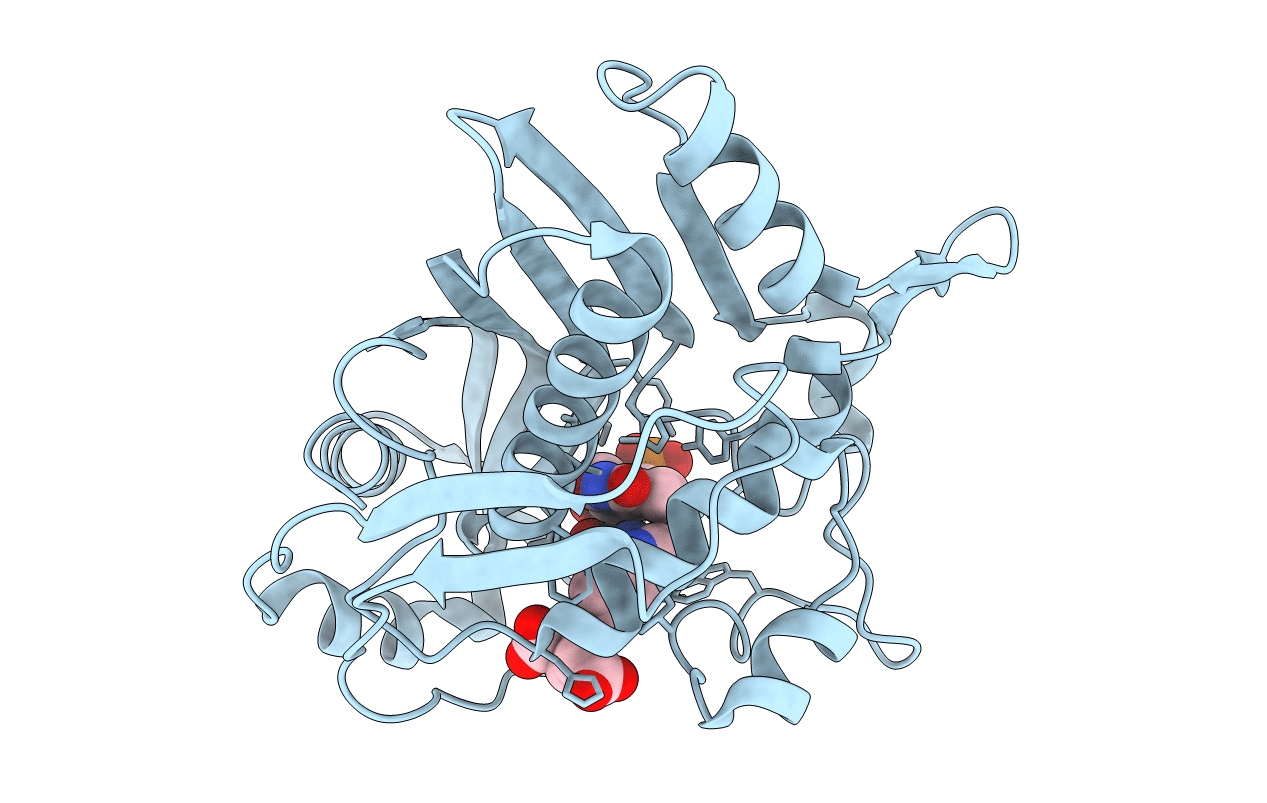
Deposition Date
1993-05-07
Release Date
1994-06-22
Last Version Date
2024-11-20
Entry Detail
PDB ID:
1TYS
Keywords:
Title:
WATER-MEDIATED SUBSTRATE(SLASH)PRODUCT DISCRIMINATION: THE PRODUCT COMPLEX OF THYMIDYLATE SYNTHASE AT 1.83 ANGSTROMS
Biological Source:
Source Organism:
Escherichia coli (Taxon ID: 562)
Host Organism:
Method Details:
Experimental Method:
Resolution:
1.80 Å
R-Value Work:
0.18
R-Value Observed:
0.18
Space Group:
P 31 2 1


